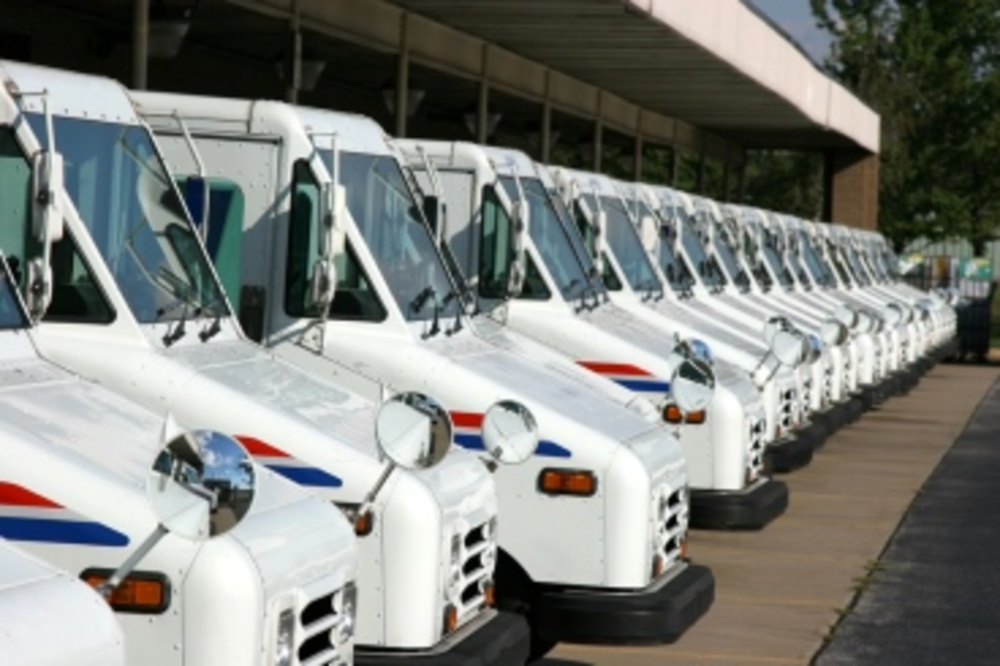Direct mailers agree that the postal reform bill approved by the House Oversight and Government Reform Committee last week is a good first step on what still promises to be an arduous journey.
The bill, authored by committee Chairman Darrell Issa, passed strictly along partisan party lines, with all Democrats voting against it. That leaves little hope for passage, in its current form, by a Democrat-controlled Senate. Indeed, it may not even be brought before the House for a vote by Speaker John Boehner (R-OH). Nonetheless, interested parties in the catalog and direct mail communities feel certain Issa’s bill gets the mail trucks rolling in the right direction.
“The Issa bill would alleviate some of the financial pressures facing USPS,” says Jerry Cerasale, SVP of Government Affairs for the Direct Marketing Association. “We hope that the action by the House committee will lead to movement on postal reform in the Senate. We need postal reform.”
The Senate is apt to take a hammer to the bill before that occurs, notes Hamilton Davison, president and executive director of the American Catalog Mailers Association. “[Sen.Tom] Carper (D-DE] will probably work on his own bill, and then it can go to conference to resolve the differences between the two. Hopefully, we will get a good composite bill that is workable.”
“To say it’s a perfect bill would not be correct,” adds Joe Schick, director of postal affairs for Quad Graphics. “The good news for the industry is that it doesn’t point at a price increase to solve the problem.”
As the financially beset USPS wrestles with healthcare fund pre-payments and the decline of First Class mail, the biggest fear of direct mailers is an exigent rate rise above and beyond scheduled increases. What they like most about Issa’s bill is its multipronged offensive to make USPS solvent without rate or tax increases. Some key proposals:
Five-day delivery: Allows USPS to eliminate Saturday delivery (minus parcels) six months after the enactment of the law.
Consolidation task force: Would oversee redundant post office and processing facility closures with the goal of achieving $3 billion a year in savings. Experts estimate current Post Office infrastructure is almost twice as big as needed.
Pre-funding relief: USPS can make whatever payment it can afford this year and next (most likely less than $1 billion) into the employee healthcare fund. The balance would be due in 2015 and 2016.
Underwater products: Unprofitable mail products such as periodicals and standard flats are mandated to bring in at least 90% of their costs in a phased-in, 2% rise a year program.
Central delivery: Thirty million of the 37 million addresses receiving door delivery are targeted by the bill for central delivery in “cluster boxes.”
Politicians pay: Takes the nonprofit rate away from state and national political committees.
New revenue streams: USPS can sell advertising in post offices and on vehicles and offer sale of state and local and state services such as fishing licenses.
The general tone of Issa’s bill appeals to all parties and offers common ground for progress, says Schick. “Whether it’s the Coalition for a 21st Century Post Office or guys like me knocking on doors on the Hill, we’re all very focused on postal increases not being part of the legislation,” he says. “Let’s help the Postal Service get rid of excess costs.”
Gene Del Polito, president of the Association for Postal Commerce, fears a protracted battle over which costs are cut. “There is plenty of space in this bill for the two sides to make accommodations if they chose to, but they chose not to,” he says. “As far as employee protection and cluster boxes, [Rep. Elijah] Cummings [D-MD] says he going to hold his breath until he turns blue. It’s short-sighted. Eighty percent of Postal Service costs are labor-related.”
Cluster boxes could prove to be an issue for some direct mailers, according to Davison, who questions the outcome of a change in the delivery of catalogs to households. “I worry that Americans might lose interest in the mail. I worry that they may have less access.”
But Schick, who represents one of the nation’s largest commercial mail houses, is unfazed. “This is not a new issue. If you count people who get mail delivered at a curb box, 70% of these addresses are not receiving door delivery,” he says. “They’re mailing to housing developments and apartment buildings now. Are they seeing a decrease in results there? If so, then I could understand their concern.”
Bill’s in Carper’s Court
The chief concern of associations and lobbyists—not to mention the USPS—is how and when postal reform will be enacted. Their attention now turns to Carper, chairman of the Senate Homeland Security and Governmental Affairs Committee. Boehner may not be moved to introduce Issa’s bill for a vote unless he is certain that Carper makes good on his promise to get a bill passed soon, and while Carper released a statement last week praising Issa’s effort, there is no indication he or committee counterpart Sen. Tom Coburn (R-OK) have anything new in the works.
“The House is up for reelection next year, and they won’t want to make difficult votes. There’s no sense for the House to act unless the Senate is going to move forward,” Davison says.
Schick calls for a 50-50 chance of a bill passing the House this year, but even if it doesn’t happen, he sees the Issa bill as a positive for direct mailers. “There’s some hope that as long as there’s legislation actually in play, it will make it difficult for the Postal Board of Governors to suggest an exigent rate increase.”
Del Polito is of the opinion that USPS’s problems run deeper than anything legislation can cure. “Postal reform is almost the singular focus of people at Postal Service headquarters,” he says. “Sooner or later they’ve got to realize it’s not in the cards and figure out how to make the best of what they have to work with.”








